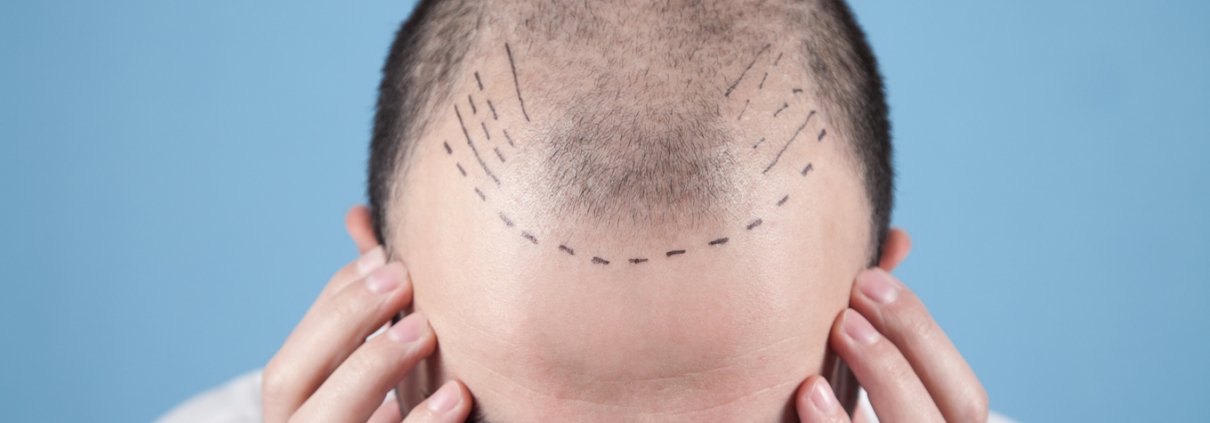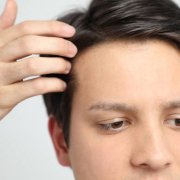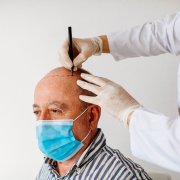Have You Been Thinking About Getting a Hair Transplant or Improving Your Existing Hair Transplant? Important Things to Know
Hair loss is a common problem that can affect a person’s self-image and confidence. This condition does not discriminate—men and women of all ages experience it. Luckily, patients can get hair transplants for their hair loss problems.
If you’re planning to get a hair transplant or improve your existing transplant, this article is for you. Read on and learn everything you need to know about this hair loss treatment!
What Is a Hair Transplant?
Hair transplants are a kind of surgical hair loss treatment that involves replanting hair to balding areas. People try this procedure when other methods fail to improve their condition. Be sure to research for an excellent hair loss doctor in your area for the best results.
There are various ways of doing hair transplants, but the most common is grafting. To be a good candidate for a hair transplant, you must have areas of thick hair. These patches are where your doctor will harvest hair to be replanted.
Hair transplants can help people with permanent hair loss brought about by different situations and conditions, such as:
- Alopecia areata
- Androgenic alopecia
- Hair loss caused by thyroid diseases or imbalance in hormones
- Severe injuries or burns
What To Expect When Getting a Hair Transplant
This hair loss treatment begins with the administration of anesthesia to numb your scalp. Once the anesthesia takes effect, the doctor will remove a band of hair from the sides or back of your head.
Following this, the surgeon will carefully transfer “micro” grafts of hair in the balding areas of the scalp. Each strand of hair and root graft is transferred one by one for natural-looking hair growth.
The donor site, where the band of hair was taken, will naturally heal after a few days. It might have scars from the procedure, but it will be concealed once the hair naturally grows.
The whole hair loss treatment takes anywhere between five to eight hours. Depending on your case, you may need to undergo more than one session to reach your desired hair growth goal.
A month after the procedure, the grafted hair might fall out. Again, there’s no need to worry, as this is a normal part of the whole process. You can expect hair to start growing from the grafted parts of the scalp a few more months after your transplant.
Hair Transplant Aftercare
After the procedure, the grafted area might appear swollen. Also, you’ll likely feel a bit of pain and soreness in the affected areas of your scalp. To hasten the healing process and prevent complications, your doctor may prescribe any of the following:
- Medications for pain like ibuprofen
- Antibiotics to prevent infections
- Anti-inflammatory medications to relieve swelling
- Finasteride (Propecia) or minoxidil (Rogaine) for growth stimulation of hair
To make sure that you get the best results from your treatment, your doctor will also advise you to avoid the following:
- Washing your hair a few days after the surgery
- Using harsh shampoos
- Combing over the grafted areas
- Activities that cause sweating
Benefits of Undergoing Hair Transplants
Many non-surgical procedures treat hair loss, but a hair transplant is the most effective. Here are some of the benefits of getting a hair transplant:
Permanence
The main goal of hair transplant is to combat hair loss permanently. After the initial fallout, the transplanted hair will continue to grow like your normal hair. Thus, you will never have to worry about bald patches and receding hairlines ever again.
Natural-Looking Results
The type of hair per person varies, and a good hair doctor considers this. So, they make sure to restore the same thickness, color, and growth patterns unique to your hair.
Fast Recovery
This hair loss treatment is simple, and recovery is fast. Patients who undergo this procedure can go back to their regular activities within just a few days.
Hair Transplant Repair
You may have had a hair transplant before but received poor results. That may be because your hair doctor used an outdated technique or because of a lack of skill. In any case, a good hair doctor will be able to repair your hair transplant.
They can reduce the size of your hair grafts and replant them in a more natural-looking way. If you decide that you want to keep your head bald, it is also possible for your hair doctor to remove your transplants.
You can also ask your hair doctor to conceal the previous scarring from your donor area. Dr. Darling of Darling Hair Restoration specializes in scar repair using the follicular unit extraction (FUE) technique.
Hair Loss Treatment in Kansas City, Des Moines & Liberty, MO
Bringing back the lushness of your hair is our mission in Darling Hair Restoration. Dr. Darling specializes in both nonoperative and operative hair loss treatments. With his next-generation hair replacement techniques, you will be sure to have permanent and natural-looking results.
To know more about our different hair loss treatment options, you can contact us at (816) 792-3400 or schedule an appointment through our online contact form.
Get back your confidence with Darling Hair Restoration!









